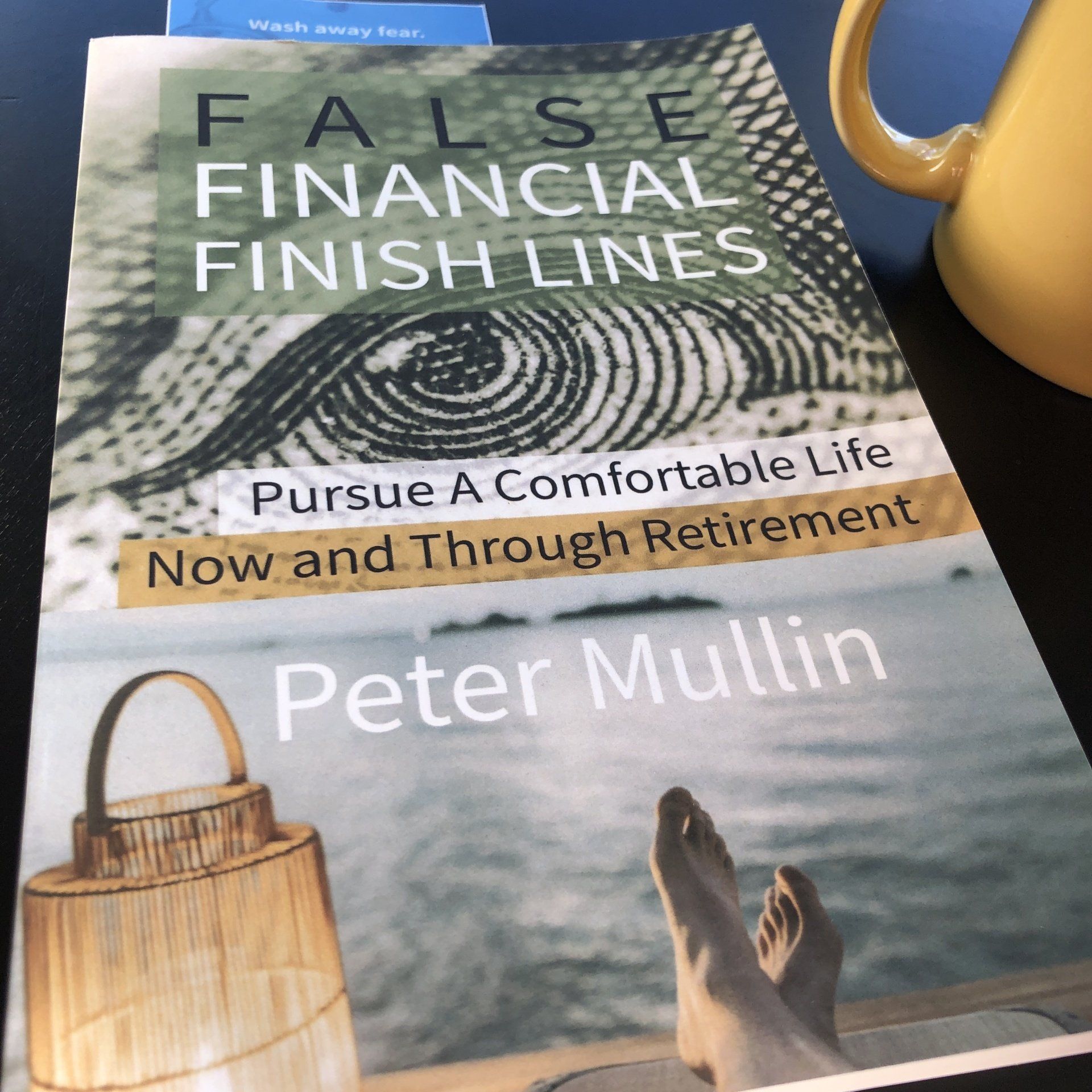June 9, 2025
Thomas Shipp | Head of Equity Research Last Updated: June 05, 2025 Rising Utility: Independent Power Producers in an Electricity Bull Market The energy landscape, and particularly the market for electricity, is evolving rapidly. Electricity demand and energy infrastructure spending are expected to continue growing over the coming years. Several catalysts have been cited for this growth — grid modernization to support renewable energy, electric vehicle (EV) adoption, and increased electrification broadly. However, the market didn’t credit utility stocks for these supposed growth drivers and only became interested when artificial intelligence (AI) was part of the story. In today’s blog, we discuss how AI-driven power demand, and the associated hyperscaler capital expenditures cycle, ultimately brought investor focus to the utility stocks purported to benefit most: Independent Power Producers (IPPs). These companies, including Constellation Energy (CEG), Vistra Corp (VST), and NRG Energy (NRG), own and operate power generation facilities. Unlike traditional utilities, IPPs operate in competitive markets, selling electricity directly to retail and wholesale customers. The Data Center Connection Much investor excitement around IPPs comes from the growth of power-hungry data centers, driven by continued investment in AI from cash-rich cloud computing hyperscalers, such as Amazon Web Services (AMZN), Microsoft Azure (MSFT), and Google Cloud Platform (GOOG/L). Technology companies beyond the cloud hyperscalers, such as OpenAI (privately held) and Meta Platforms (META), are also driving data center demand, and the requisite electricity, as they seek to build their own tech infrastructure, further reversing the trend of “asset-light” capital allocation policies seen in mega cap tech over the last decade. META announced a long-term power deal with CEG just this week. Data centers require substantial amounts of reliable “always-on” power, and thus, suppliers of said power provide a highly valuable raw input for the latest AI model or application. Let’s explore longer term U.S. power demand forecasts to provide a contextual backdrop before analyzing the potential advantages held by IPPs. Growing Demand for Power Supports IPPs’ Strengths Demand for electricity is on the rise, and the trend is expected to continue for the foreseeable future. According to the U.S. Energy Information Administration (EIA), U.S. electricity consumption is forecasted to increase in 2025 and 2026, surpassing the all-time high reached in 2024. This growth is largely driven by the commercial and industrial (C&I) sectors, including data centers and manufacturing establishments. Additionally, a report by industry consultant ICF International (ICFI) suggests that U.S. electricity demand is expected to grow by 25% by 2030 and 78% by 2050 . Market consensus believes IPPs are among the best positioned to capitalize on this growing electricity demand. The smattering of long-term power supply contracts between technology companies and IPPs, as well as the increased investment from the IPPs themselves, supports this thesis. This can be attributed to several factors: Increased Capacity. IPPs are investing heavily in expanding their generation capacity by reviving/extending existing nuclear power plants and purchasing natural gas power plants (see below on IPP Growth Strategies). Market Dynamics. The competitive nature of the IPP market drives efficiency. Companies that can produce electricity at lower costs and with higher reliability are rewarded with better market positions and potentially lucrative long-term contracts. Policy Support. U.S. industrial policies are providing incentives to promote energy infrastructure investment, such as nuclear production tax credits. Investor Confidence. The combination of growing demand, innovative and flexible capacity expansion, and supportive federal policies and regulations has led to increased investor confidence. As a result, the stocks of IPPs have seen impressive returns, which in turn have allowed IPPs to leverage elevated equity values for growth investments. IPP Growth Strategies in Power Generation Portfolio Large public IPPs have pursued mergers and acquisitions (M&A) this year to enhance their power generation portfolios and capitalize on market opportunities. Below, we outline three deals from this year to demonstrate how the IPP flexible business model (and elevated equity valuations) supports capturing increased electricity demand. Constellation Energy Group (CEG). In January, CEG agreed to acquire privately-held Calpine for $29.1 billion (inclusive of assuming $12.7 billion in Calpine’s debt), valuing the equity at $16.4 billion. CEG is funding the deal with ~$11.9 billion in stock (issuing 50 million shares, or ~13.1% of post-issuance total shares outstanding) and $4.5 billion in cash. After netting out cash generation at Calpine during 2025 (deal expected to close at end of 2025), the total enterprise value consideration is expected to be $26.6 billion, which the companies estimate is 7.9x 2026 estimated EBITDA. The Calpine deal will make CEG the largest power producer in the U.S., adding 26gigawatts (GW) of gas-fired turbine power generation and 1.5GW of geothermal/renewables to its existing 33GW power generation (two-thirds of which is nuclear — CEG possesses the largest nuclear generation fleet). Vistra (VST). In May, VST announced they would acquire natural gas assets from Lotus Infrastructure Partners for $1.9 billion, which represents a 7x 2026 adjusted EBITDA multiple. The deal is expected to close in late 2025 or early 2026. This natural gas deal quickly added 2.6GW of capacity, representing a 6.5% boost to VST’s capabilities. This capacity was added at a cost of ~$743/kilowatt (kW) which is two-thirds cheaper than the estimated $2,000/kW price of building, with the added benefit of faster integration. NRG Energy (NRG). In May, NRG agreed to acquire 13 GW of gas generation from LS Power for a total enterprise value of ~$12 billion at a 7.5x 2026 enterprise value (EV)/EBITDA multiple. The equity value of ~$9 billion is being funded using two-thirds cash on hand and one-third stock. The deal is expected to close in early 2026, and the company noted that the acquisition would double NRG’s generation capacity. Each of these deals followed similar growth strategies focused on natural gas generation. These deals, done at approximately 7–8x EBITDA, are currently cheaper and faster than building new facilities.; GE Vernova (GEV), a leading manufacturer of gas-fired turbines, recently said that orders placed today will not be delivered until 2028. Valuation Insights Since it was spun off from Exelon Corp (EXC) in January 2022, CEG has traded at an average 35%valuation premium to the peer group average. This premium can be attributed to its better credit profile, larger size, geographic mix, and carbon-free portfolio. VST has historically traded around the peer group average, and NRG has traded at a discount. NRG’s discount to peers could be attributed to its smaller size and less direct “pure-play data center/AI” thematic, which has only recently started to be discounted by the market, as the deal with LS Power not only expands NRG’s total generation capacity, but also significantly diversifies its geographic footprint. IPP Valuations: Market Multiples Show CEG’s Premium, NRG’s Re-Rating












